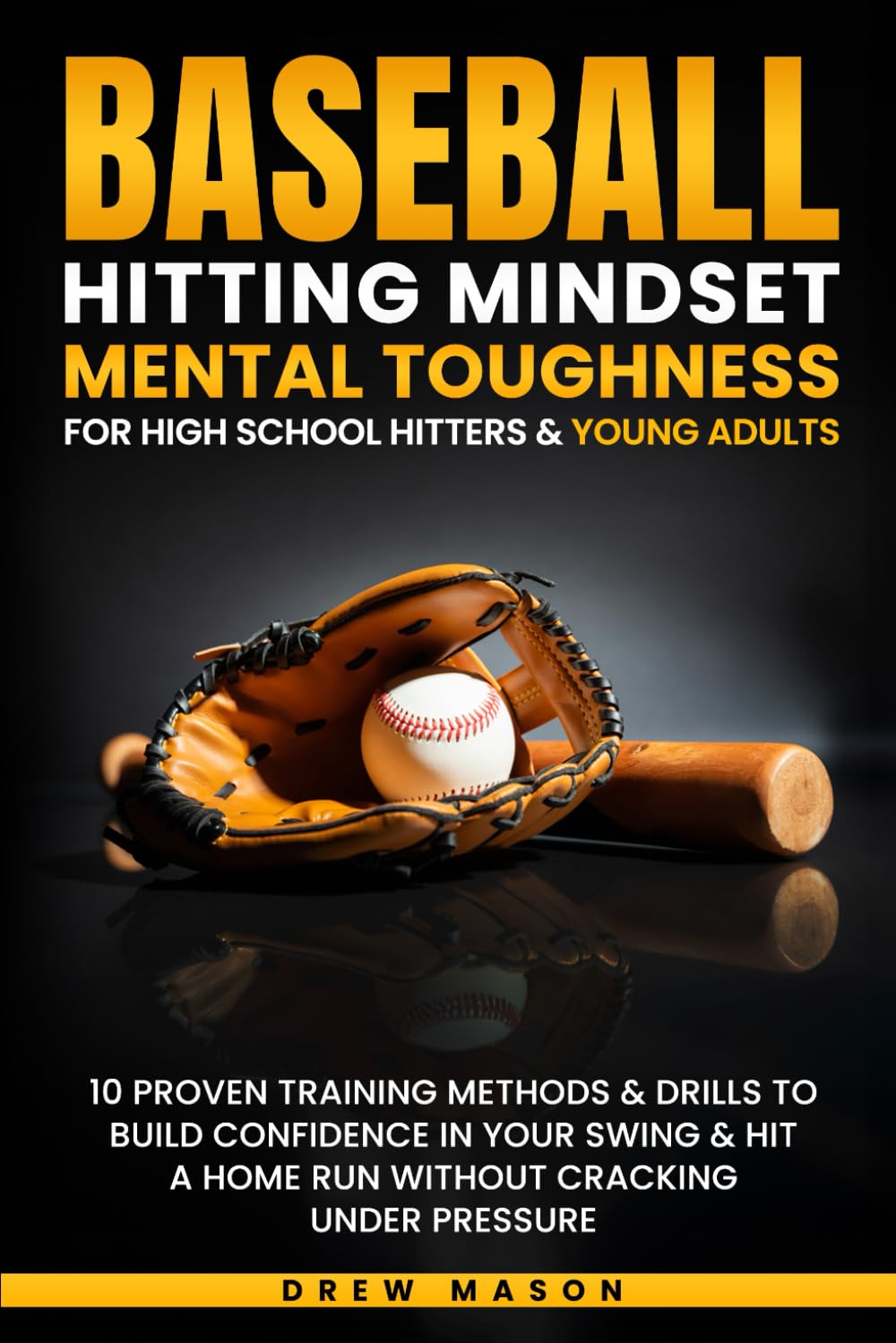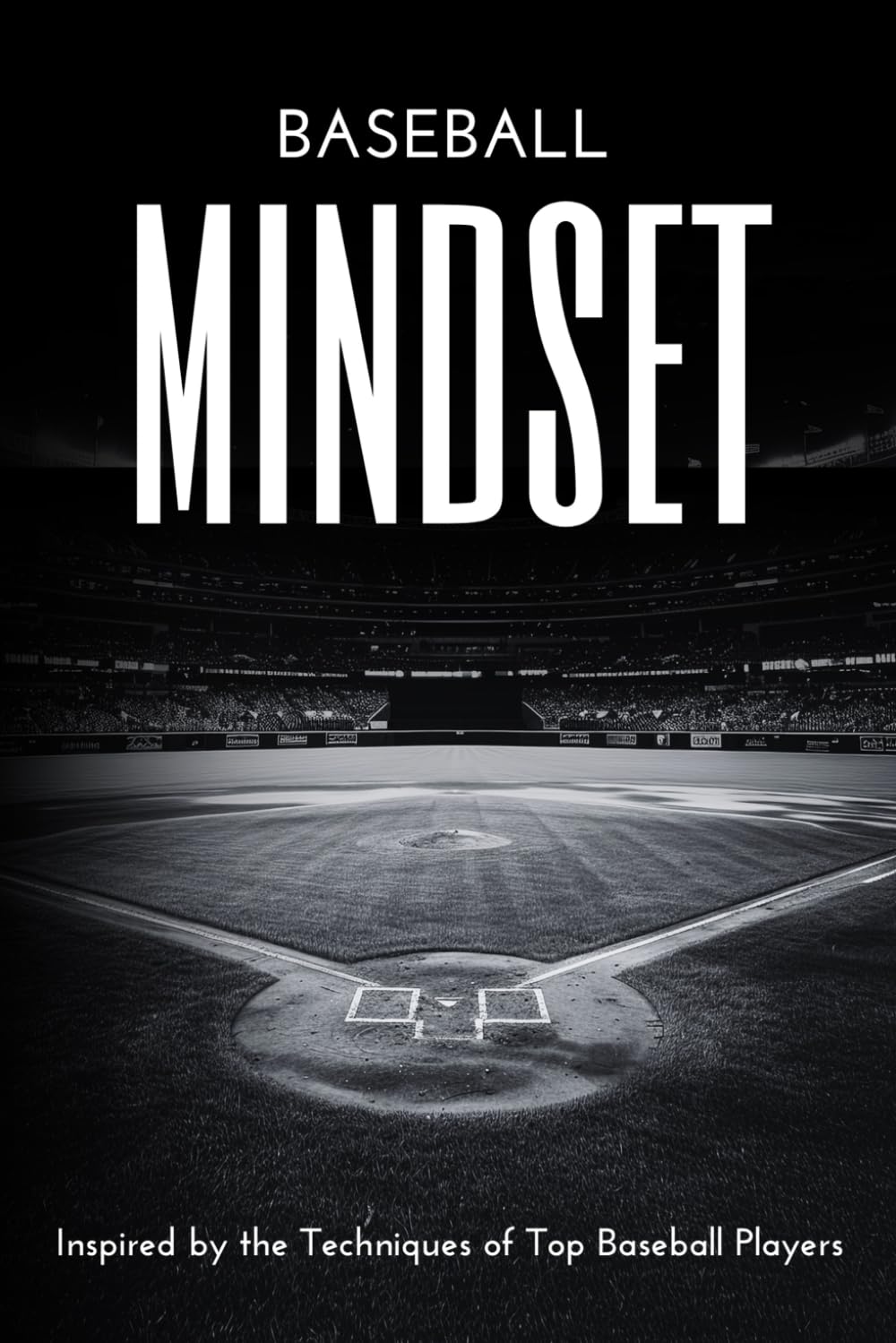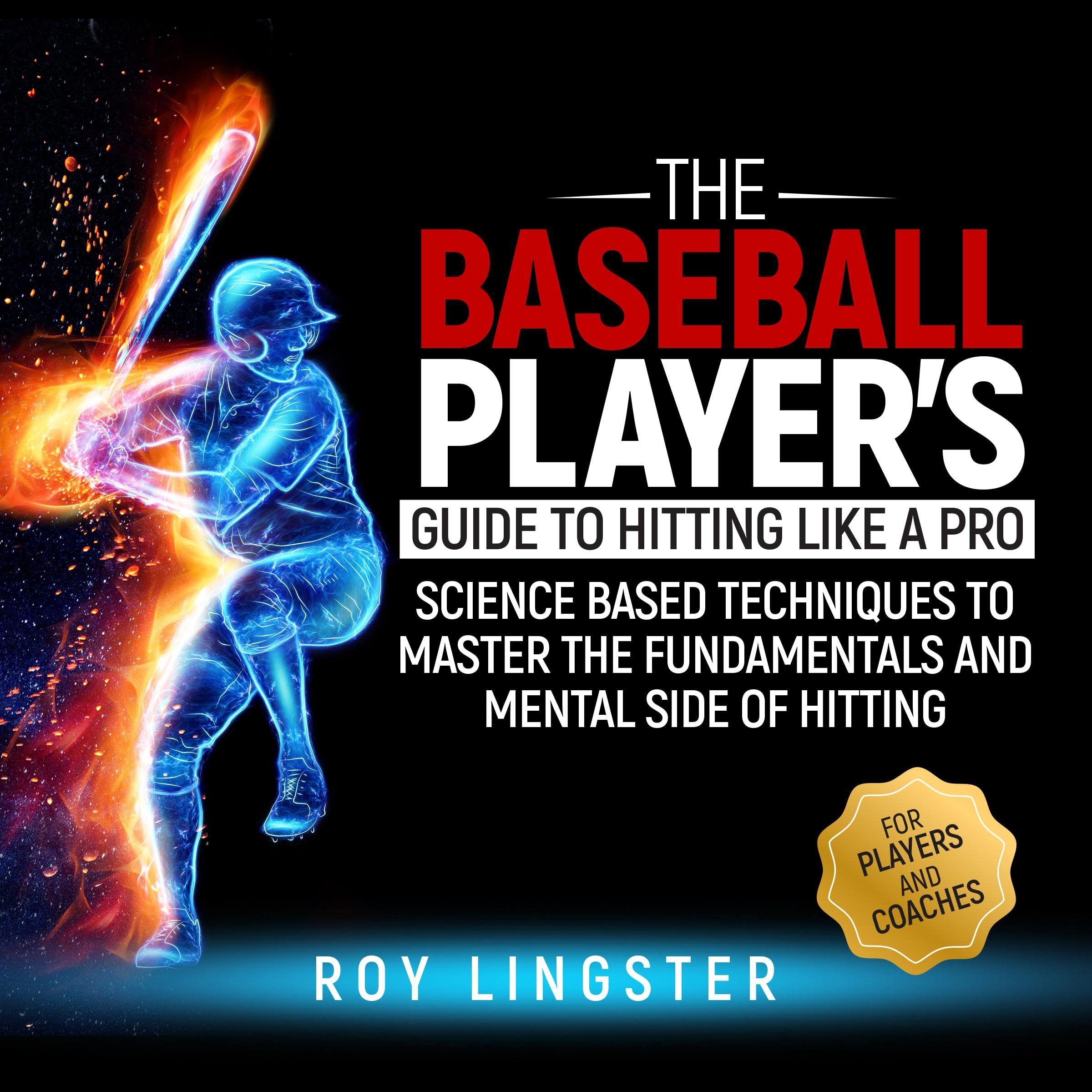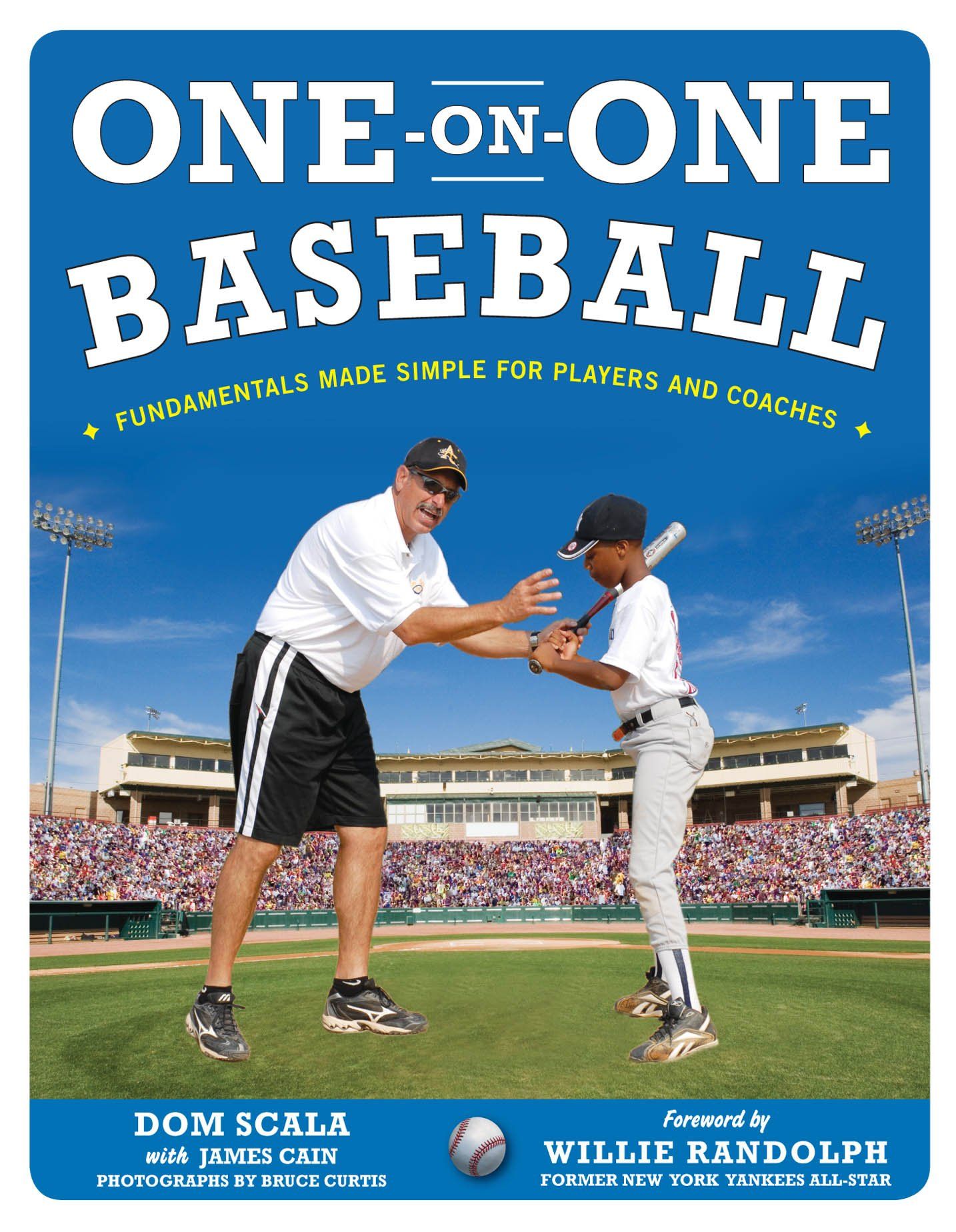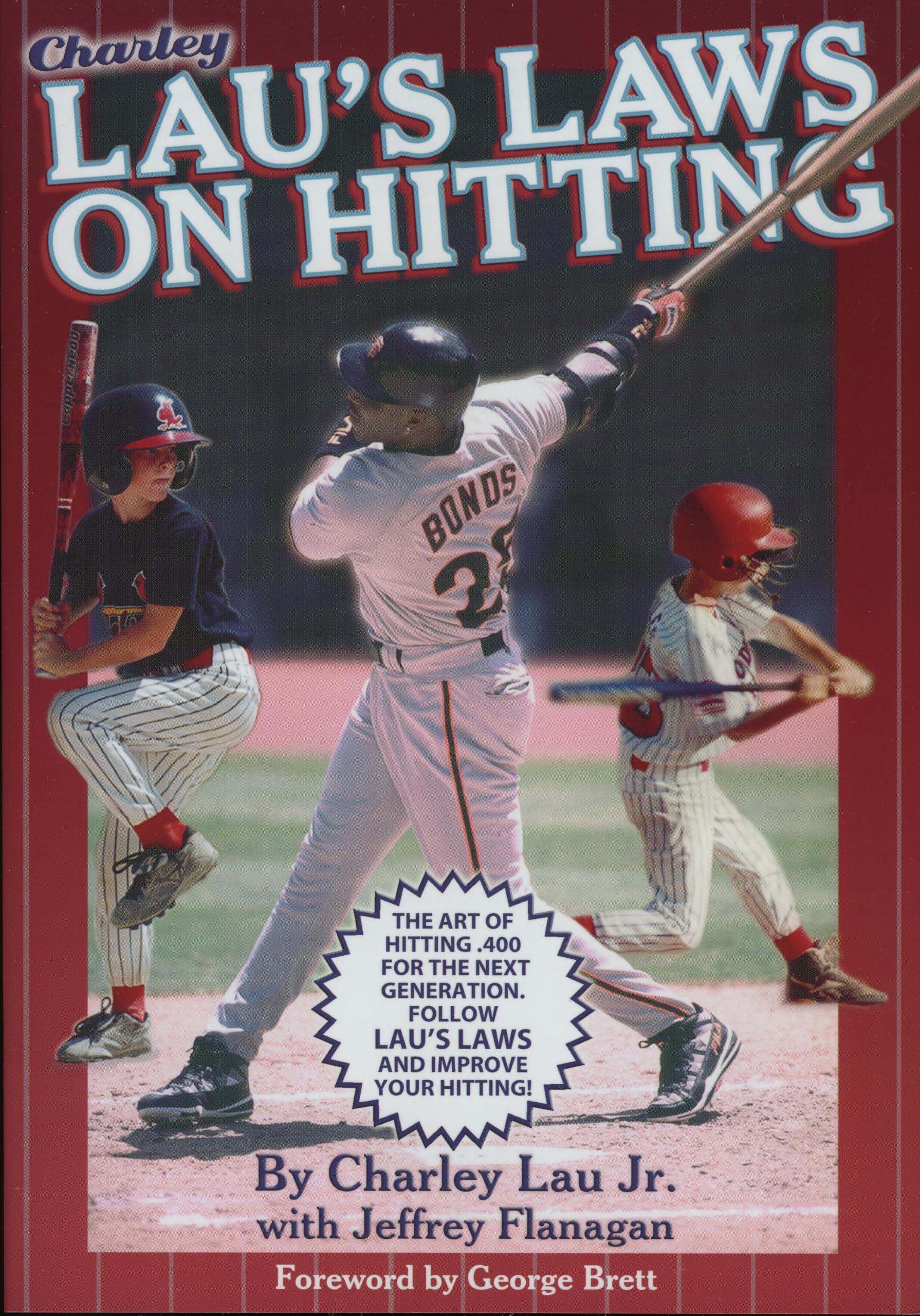Baseball is a sport that demands skills like hitting, pitching, and fielding. Books on baseball’s training techniques offer insights on improving these skills. They often cover strategies to enhance performance, making them valuable for players at various levels. By learning from experienced coaches and players through these books, you can gain practical tips to boost your game.
When choosing a book on baseball training, consider the area you want to improve. Some books focus on specific skills like batting or pitching, while others offer a more comprehensive approach. Check if the book includes exercises, drills, and easy-to-follow instructions. The author’s background can also provide insights into the book’s reliability and effectiveness.
Selecting the right book can make a significant difference in your development as a player. With the right guidance, you’ll be well-prepared to step up your game and achieve your baseball goals.
Best Books on Baseball’s Training Techniques
Explore these top books to enhance your baseball training skills and knowledge. Whether you’re getting started or looking to refine your techniques, these books offer valuable insights for players and coaches alike.
Baseball Hitting Mindset
A solid pick for young hitters looking to enhance their mental game and hitting skills.
Pros
- Offers practical drills for confidence
- Includes diverse training techniques
- Written for young athletes
Cons
- Concepts might be advanced for beginners
- May repeat familiar strategies
- Primarily focused on mental aspects
This book is a strong choice if you’re aiming to boost your mental toughness and self-confidence at the plate. It’s packed with drills and exercises tailored for high school players and young adults, helping you refine your hitting mentality.
A standout feature is the variety of techniques it covers. You’ll find methods designed to fit different learning styles, ensuring you can apply them in real game situations. This tailored approach makes it relevant for players at various skill levels.
Keep in mind, while the book shines in mental training, some advice might feel repetitive if you’re familiar with baseball training. Yet, its focus on mindset provides a refreshing take, proving useful beyond the field.
Baseball Mindset for Boys 9-12
This book provides valuable guidance for young baseball players aiming to improve their mental and physical skills.
Pros
- Inspires discipline and focus
- Offers practical exercises
- Written for a young audience
Cons
- Limited to a specific age group
- Paperback may not be durable
- Not backed by professional reviews
Helping young athletes develop both mental toughness and practical skills is the focus of this book. It combines techniques used by top players with engaging content tailored for children aged 9-12.
Covering a range of mental strategies, this book offers exercises that also build discipline and focus. These skills can be vital for any young player who wants to excel. Designed for easy reading, it effectively targets its age group.
While it serves a specific audience well, its narrow focus may limit its appeal to older readers. The paperback format might not withstand extensive use. Additionally, lack of professional reviews makes assessing its effectiveness a challenge.
The Baseball Player’s Guide to Hitting Like a Pro
This audiobook is well-suited for those looking to improve both the mental and physical aspects of their hitting game.
Pros
- Focuses on mental strategies for hitting.
- Short listening time makes it accessible.
- Offers practical advice and examples.
Cons
- Limited to hitting techniques only.
- Might be too brief for detailed study.
- Not available as a physical book.
The book dives into the art of batting by focusing on the mental side of hitting. This approach is beneficial in a sport where mindset is key. It’s not just about mechanics; it’s also about unlocking mental strategies that can make a real difference on the field.
With insightful narratives drawn from real-life examples, this audiobook introduces you to the mental preparation needed for each at-bat. Whether dealing with slumps or aiming to boost confidence, the techniques covered are meant to enhance the mental toughness required in baseball.
The concise format of this audiobook means you can grasp the essentials quickly. With just over two hours of content, it’s ideal for listeners who want valuable tips without spending multiple days on a single book.
One on One Baseball
This book is an excellent resource for those who want to master baseball basics with ease and clarity.
Pros
- Clear explanations make learning simple.
- Great for teaching young players.
- Covers all fundamental aspects of the game.
Cons
- Might be too basic for advanced players.
- Limited focus on advanced techniques.
- Older publication date might miss recent trends.
“One on One Baseball” simplifies the complexities of baseball, making it accessible for beginners. You will appreciate its step-by-step breakdown of fundamental techniques, which is perfect for anyone new to the game.
The book shines when it comes to teaching young players. Its clear language and easy-to-follow instructions are tailored for kids to grasp basic mechanics without frustration.
While it offers solid foundational knowledge, it’s not the best choice for someone looking for advanced techniques. However, for those wanting a straightforward introduction, this book is a valuable addition to your collection.
Lau’s Laws on Hitting
If you want to hone your baseball hitting skills with a science-backed approach, this book offers proven techniques.
Pros
- Breaks down complex hitting techniques into simple steps
- Written by an expert familiar with the game
- Proven methods with successful results
Cons
- Uses a lot of “jock speak,” which might be confusing for beginners
- Focuses mostly on traditional hitting
- Some concepts may be hard to grasp if new to baseball
Charley Lau Jr. presents a book that dives deep into the art of hitting. You get a structured breakdown of hitting techniques. Lau’s approach relies heavily on scientific principles, which adds credibility to his methods. It’s a blend of theory and practical tips that can significantly enhance your playing style.
The book is especially valuable for those who already have a basic understanding of baseball techniques. It uses straightforward language, although some jargon may challenge newcomers. Still, the detailed guidance makes it worthwhile for both players and coaches.
If you’re committed to improving your batting average, the strategies outlined here are time-tested and effective. By focusing on getting more over the front foot, Lau offers a fresh perspective that could pivot your skills to the next level. Whether you’re playing casually or at a competitive level, this book can be a helpful addition to your training arsenal.
Buying Guide
When choosing a book on baseball’s training techniques, consider several key factors. Look for books that focus on your skill level, whether you’re a beginner, intermediate, or advanced player. This helps ensure the content is useful to you.
Format:
- Paperback
- Hardcover
- Ebook
The format can affect convenience and price. Consider if you prefer a physical copy or an electronic one for easy access.
Content Style:
- Illustrations and Diagrams: Helps visual learners.
- Step-by-step Instructions: Useful for practice sessions.
- Expert Interviews: Provides insights from professionals.
Make sure the book includes styles of content that match your learning preferences.
Topics Covered:
- Pitching techniques
- Batting strategies
- Defensive skills
- Mental training
Books that cover a wide range of topics may give a more comprehensive understanding of baseball training methods.
Author Expertise:
Check the author’s background to ensure they have credible experience in baseball. Look for authors who have played the game or coached at a high level.
Edition and Updates:
Newer editions often have updated techniques and insights. Older books might lack modern training approaches, so consider when the book was published.
- Biographies
- Current Baseball Players
- Current Players by Team
- Players that Retired in the 2020s
- Players that Retired in the 2010s
- Players that Retired in the 2000s
- Players that Retired in the 1990s
- Players that Retired in the 1980s
- Players that Retired in the 1970s
- Players that Retired in the 1960s
- Players that Retired in the 1950s
- Players that Retired in the 1940s
- Players that Retired in the 1930s

